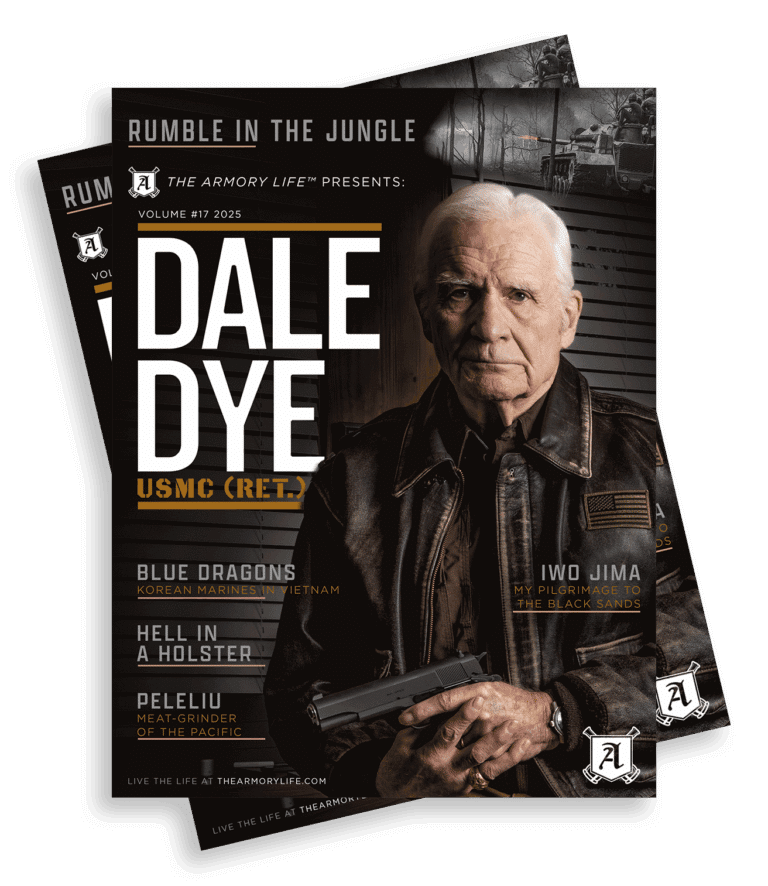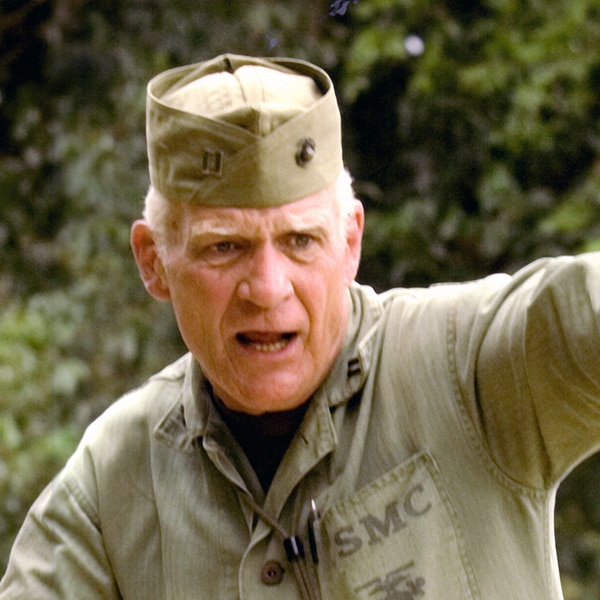Blue Dragons — Korean Marines in the Vietnam War
February 6th, 2024
6 minute read
A long flight on a CH-46 planted two of us on a sandy expanse of the Batangan Peninsula circled by concertina wire. While we hadn’t departed Danang with much guidance, it quickly became clear that we were likely in the right place. The area was swarming with stocky guys in Duck Hunter camouflage. A guidon flapping in a wet sea breeze indicated the compound contained elements of the Blue Dragons. We were in amongst a battalion of the 2nd Korean Marine Brigade scheduled to shortly kick off an operations titled Dragon Fire.
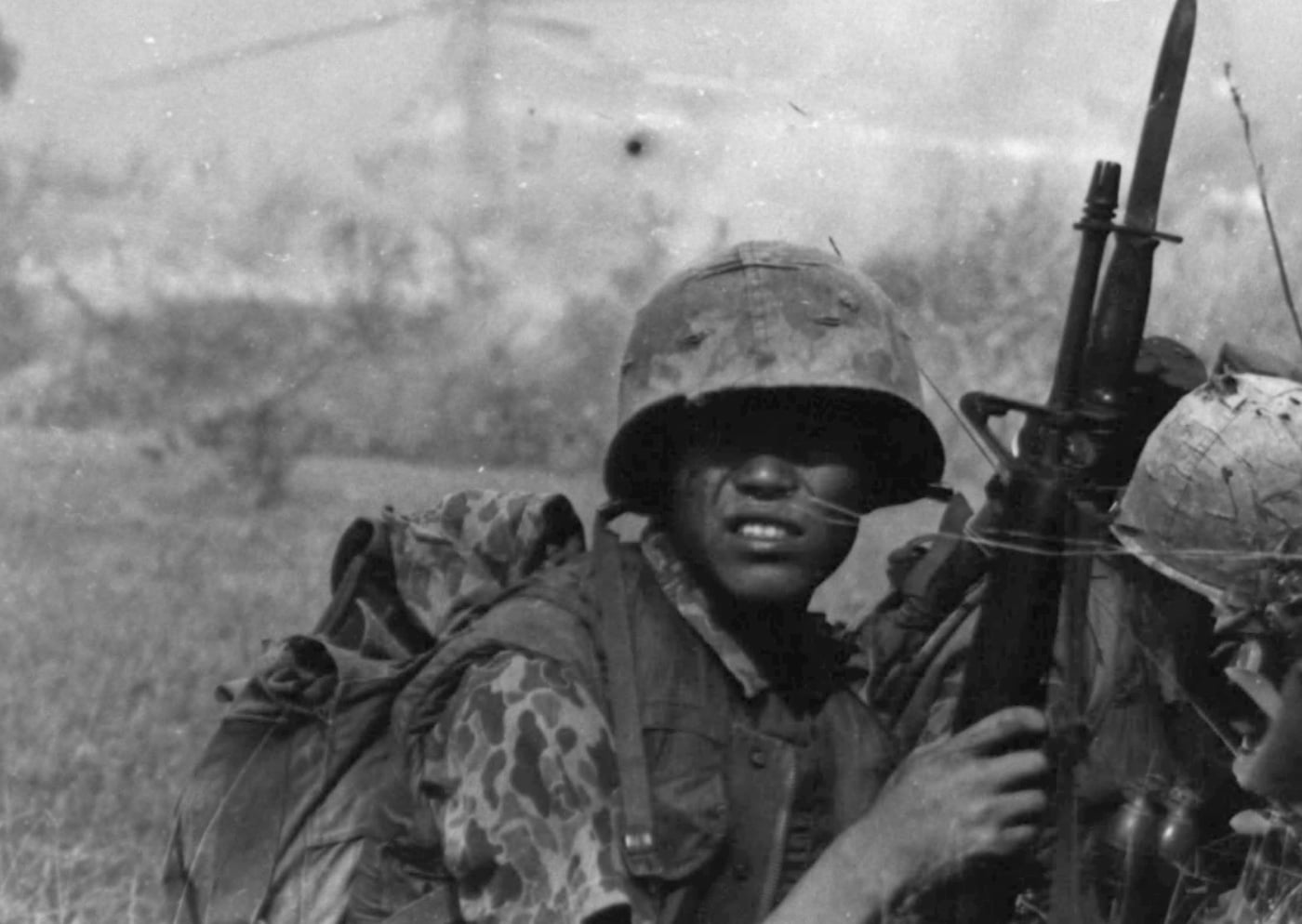
Our mission was to go along and observe or lend a hand where necessary to American Marines from the 1st Air-Naval Gunfire Company, which was tasked with providing air cover for the Korean foray against VC forces in this area of southern I Corps.
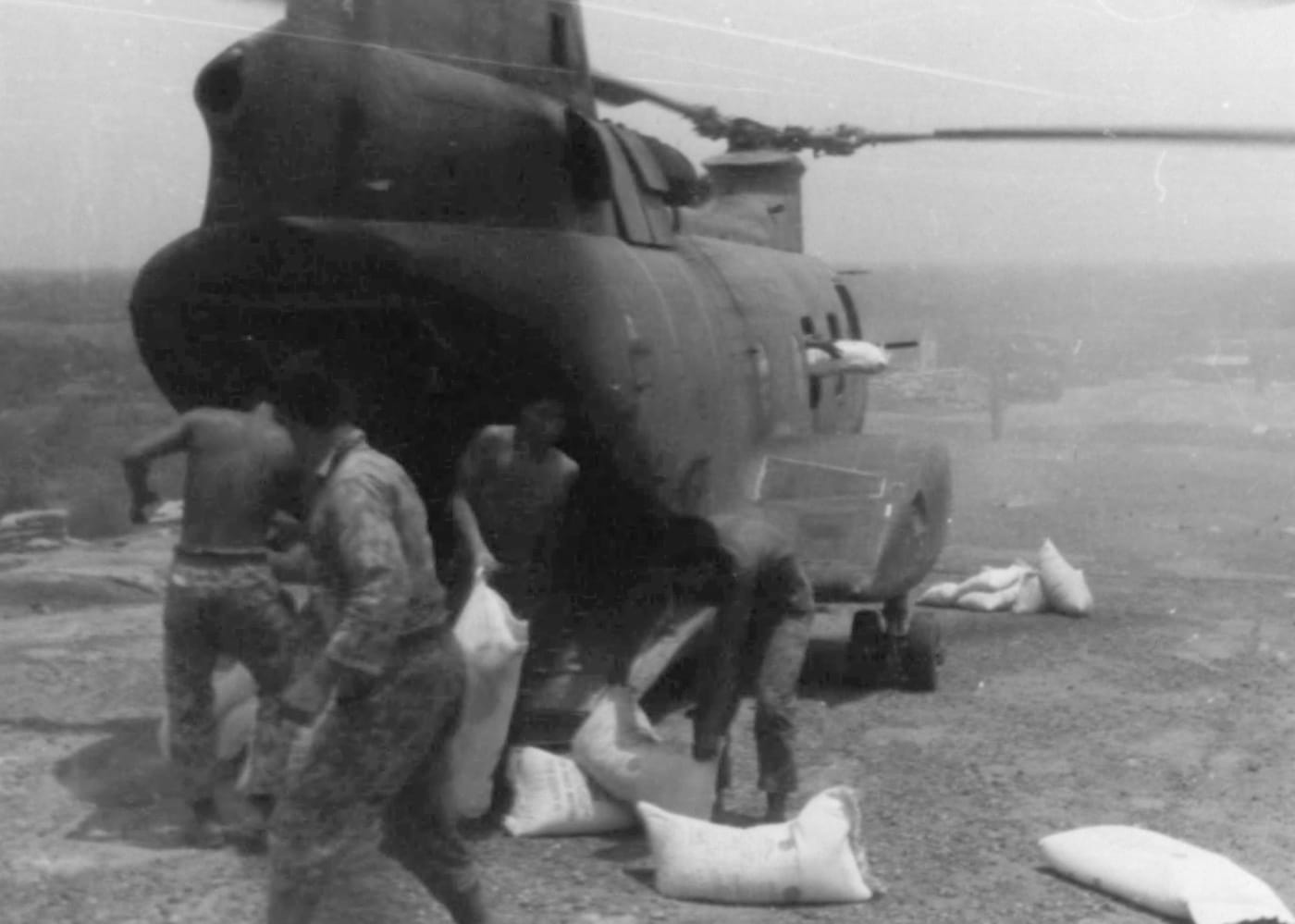
Personally, I was interested in a couple of other things on that trip. The Koreans, who had come to Vietnam with an admixture of vintage U.S. weapons (M1 and M-2 carbines, M1 rifles, BARs, etc.), had recently been issued the M16 rifle. Were they having the same sort of problems with it that were being reported by American counterparts? At the time, it was a big in-country controversy that was rapidly developing into a seriously bad reputation for the standard-issue American battle rifle.
[The South Koreans were one of several nations supporting South Vietnam in the Vietnam War. Read America’s Allies in the Vietnam War for the full story.]
The Ways of War
We had also heard reports concerning the way Koreans were fighting as U.S. allies, in a hard-headed, take-no-prisoners manner. Who had the effective methodology here? Was it the old American iron fist in a velvet glove SOP in counter-insurgency warfare? Or did the Koreans have it right with kick-ass and never mind taking names approach?
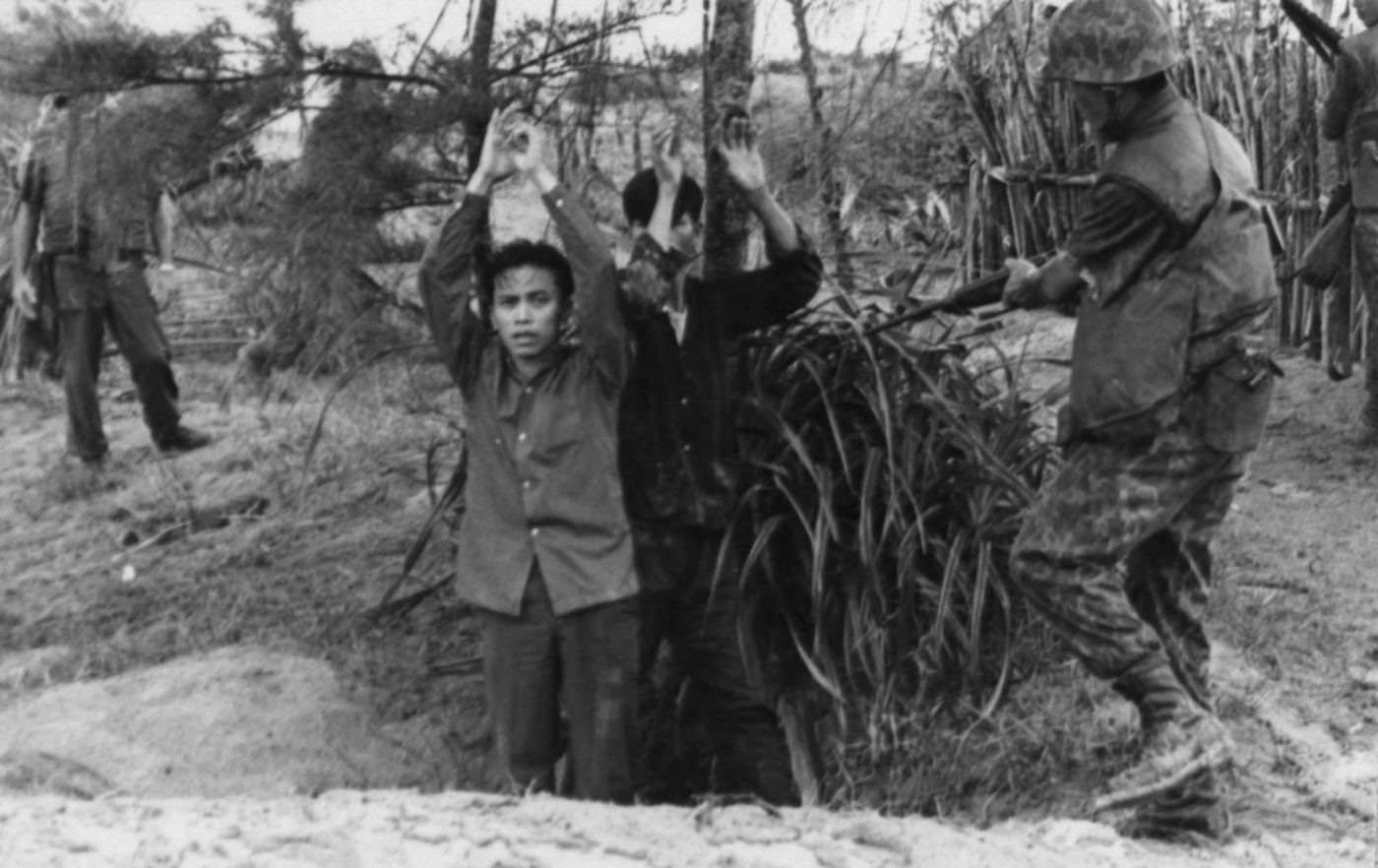
What was clear immediately was that these Korean Marines were a physical bunch. Granted they probably put on a little dog and pony show for the visiting yanks, but just watching them work through a full-contact Tae Kwon Do PT session gave me a feel for their combat mentality. They were aggressive in everything they did, including swift corrections for malcontents or miscreants.
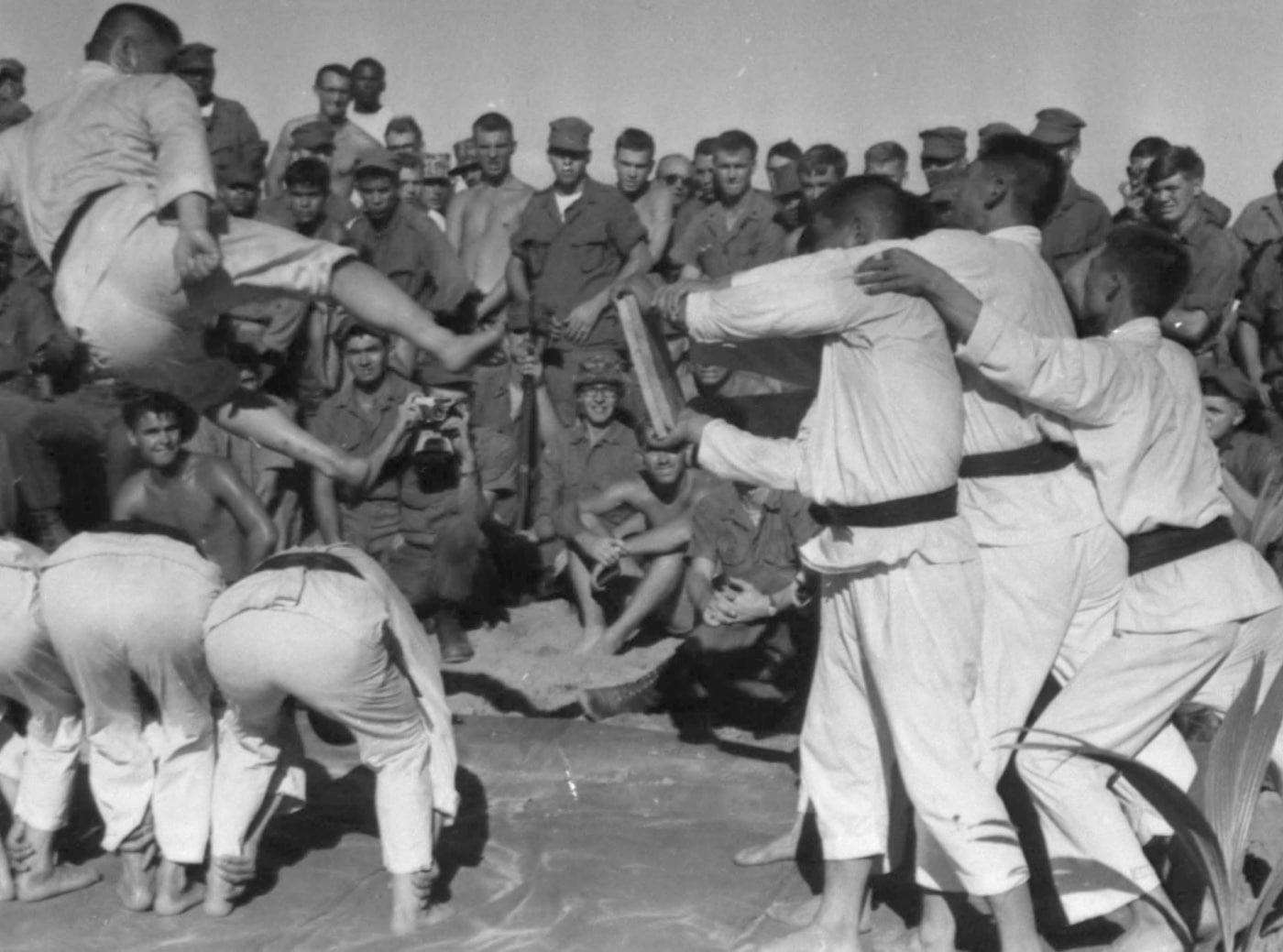
At a morning formation, I watched a senior NCO take a wooden paddle to the backsides of a couple of slackers who upset him by being the last ones into line. You could hear the impacts all over the compound but the ROK Marines taking the punishment never made a sound.
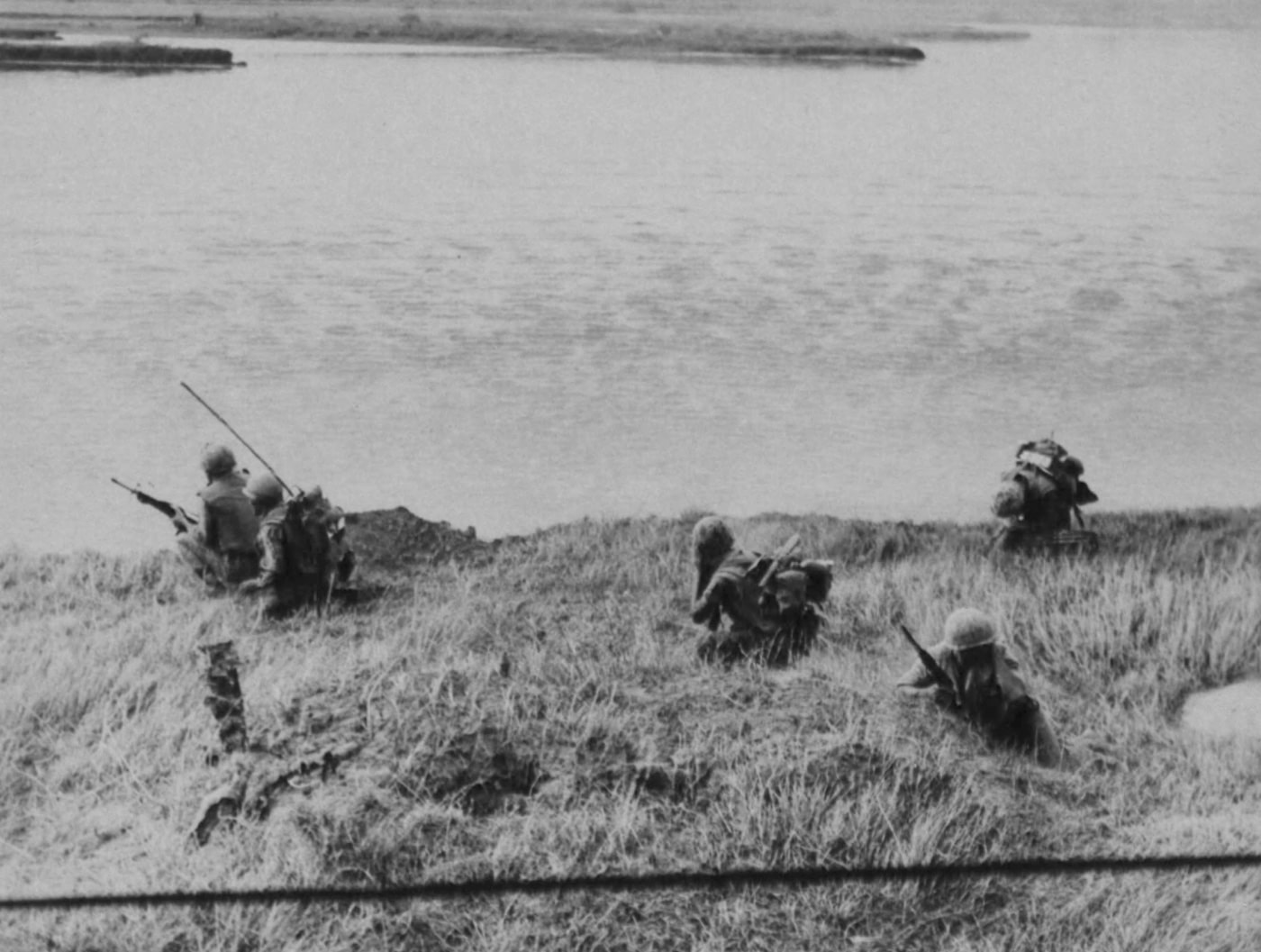
I’d heard rumors from some intel guys that VC and NVA units operating in the Blue Dragon AO were instructed to avoid contact with the Koreans whenever possible. That likely explained why the three or four firefights we experienced up against the 48th VC Battalion during the operation were short, sharp and at relatively long ranges.
We captured a handful of prisoners, mostly locals, but a few were main force VC who tried to ambush the Koreans. Bad move against an aggressive outfit like the Blue Dragons who believed in close combat and overwhelming firepower. And while the Koreans didn’t pass out candy or cigarettes and were fairly pushy in manhandling those prisoners, I’d seen a whole hell of a lot worse during my time there. Intimidation by reputation is a thing in some cases.
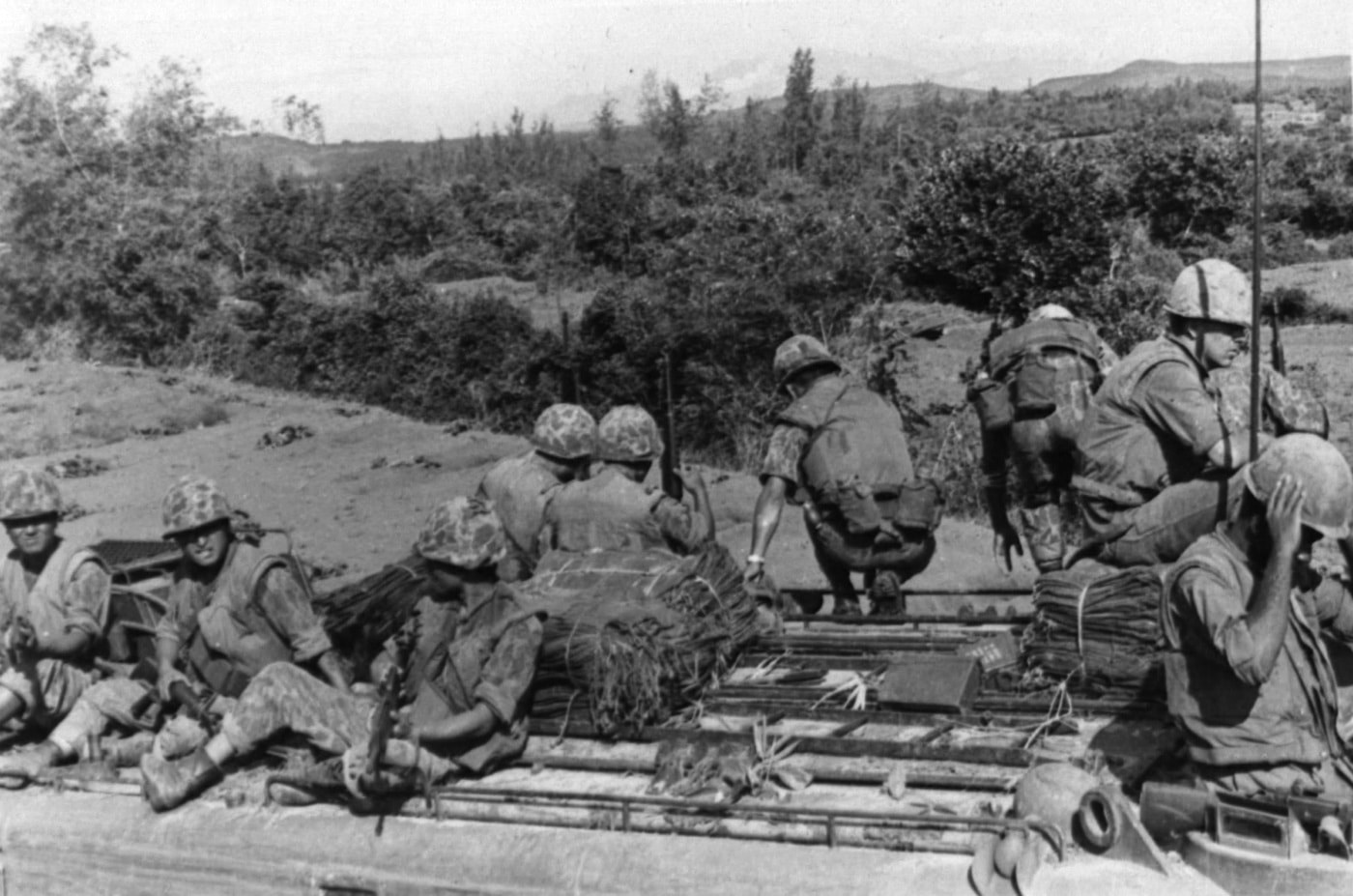
During one of these firefights, the ANGLICO Marines called in a snake-eye and napalm strike from a pair of Marine A-4 Skyhawks orbiting overhead. Soon as the ordnance detonated and the napalm burned through everything flammable, the Korean Marines were up and on the move to round up any survivors. The ANGLICO guys said this was typical. The Korean Marines were nothing if not thorough in exploiting a battle site. They usually returned from a field operation with a sizeable stock of captured weapons and ammo.
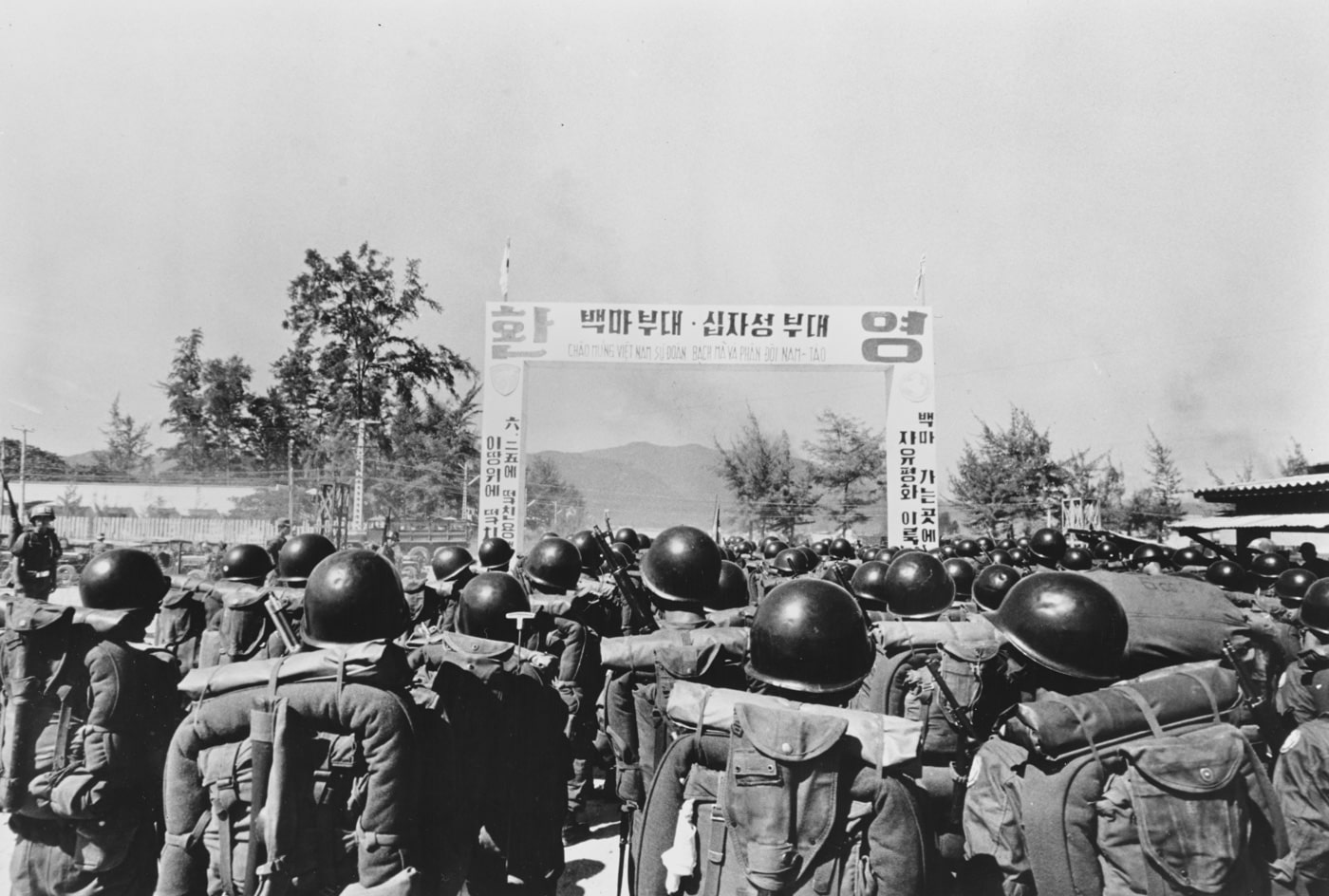
Their Perspective
When we found a couple of ROK Marine NCOs who spoke passable English, I got some insight to their motivation. Unlike American troops who were in Vietnam for a variety of reasons, ranging from the draft to a simple search for adventure, motivation for the Koreans we encountered was fairly simple and straightforward. They hated communists. And all of them seemed to have some sort of family horror story relating to North Korean oppression.
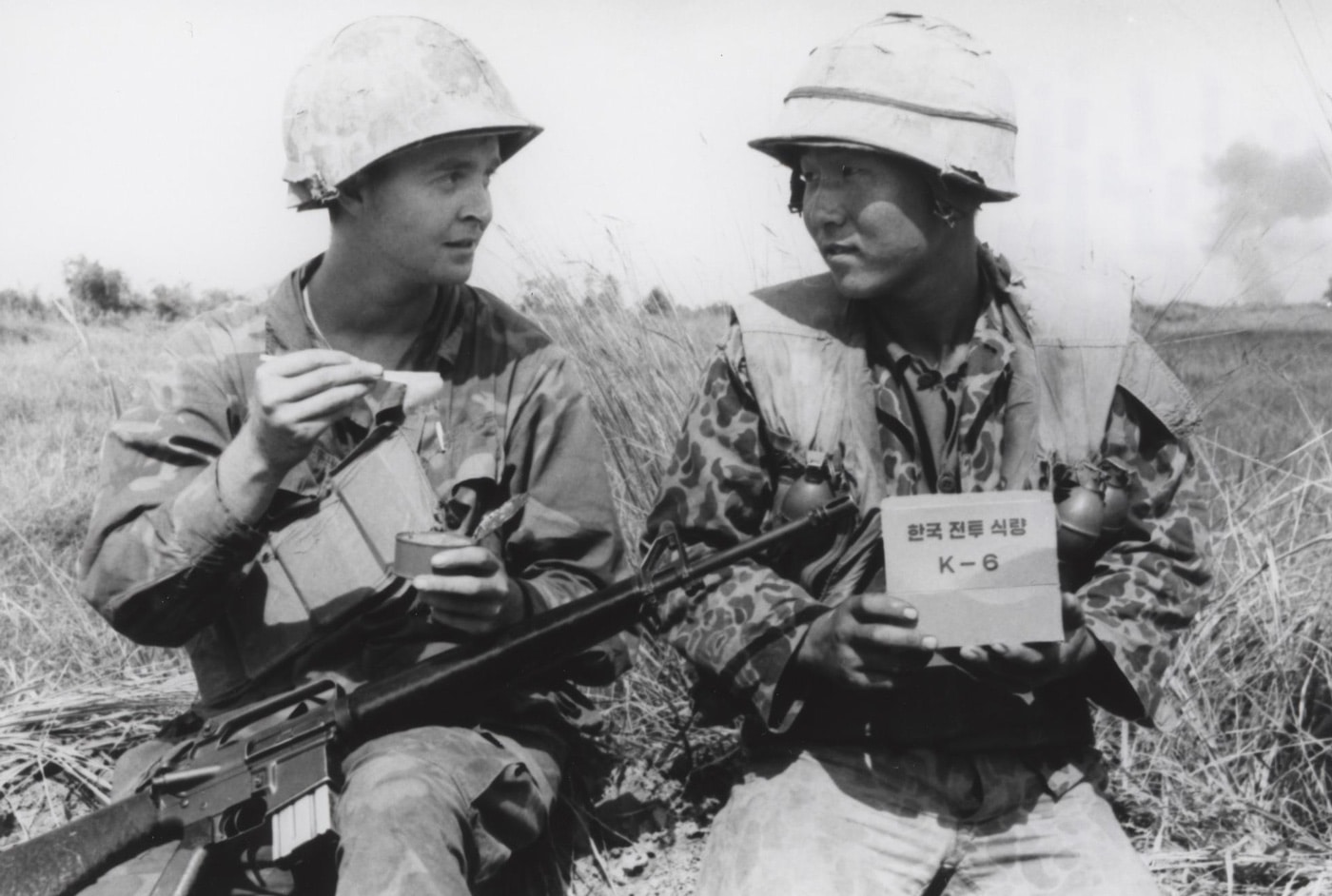
Those same NCOs said they had some early problems with the newly issued M16 rifles, but the unit was promptly put on a serious and strictly enforced regimen of weapons maintenance. Everywhere we looked, every time the Korean Marines weren’t humping gear, eating or shooting, they were cleaning the M16s. Likely that attention to thorough cleaning and lubrication reduced the jamming incidents that seemed to plague American units in the early days of M16 employment in Vietnam. That said, we did note that certain platoons took precautions.
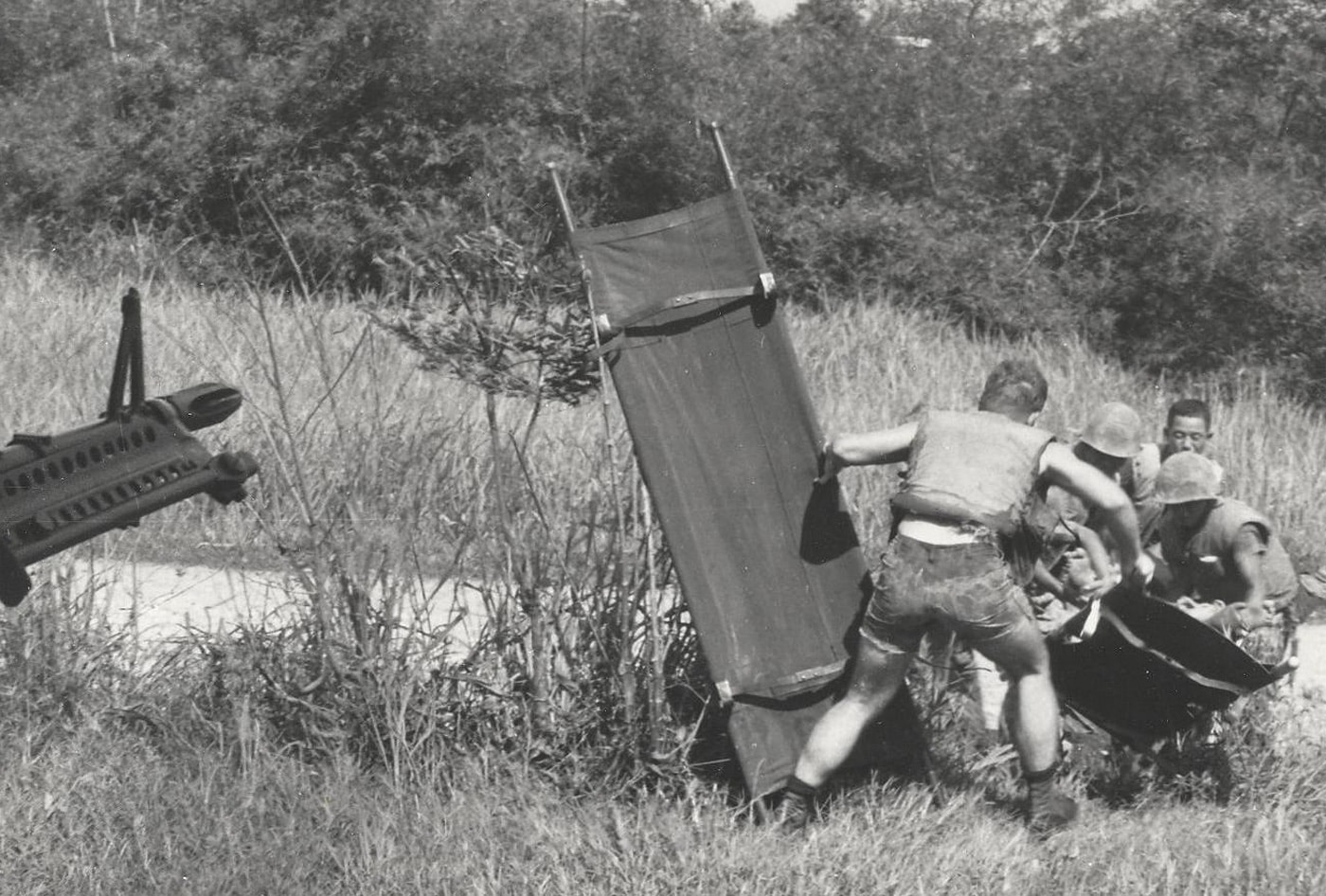
Like their American Marine counterparts, the ROK Marines generally didn’t use the issue sling. An officer told us he thought a sling on a rifle meant the weapon was likely to be on a shoulder when it was needed in hand. That said, we did observe Korean Marines carrying the cleaning rod assembled and ready for use by wedging it between the upper and lower sling swivels. That kept it handy for failures to extract if a cartridge casing stuck in the chamber.
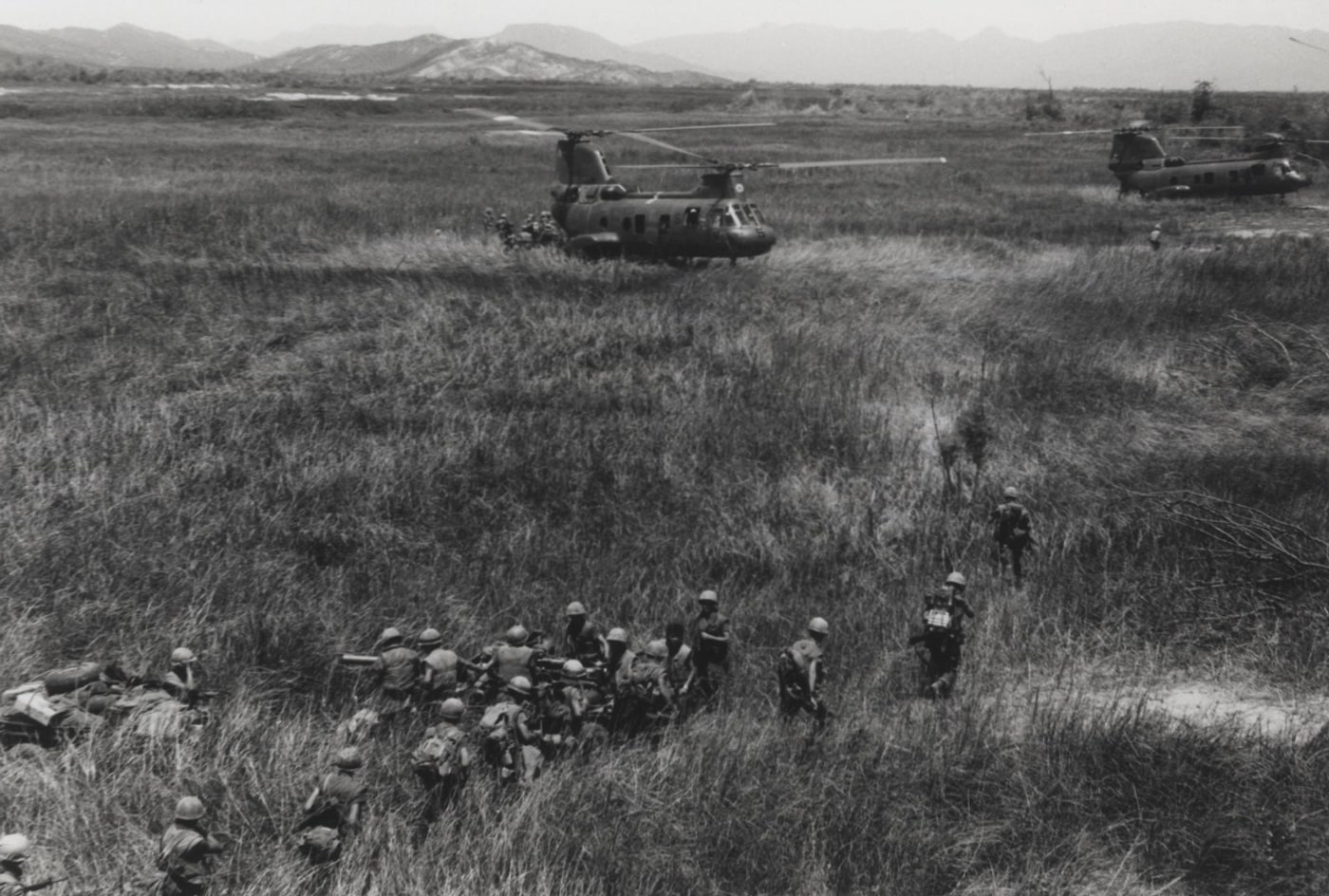
Conclusion
On orders to return to base camp, we made a detour to Barrier Island, a spit of sand offshore the Batangan Peninsula. Seems a landing craft had run aground in the area. It was stuck on a coral reef and needed security until the Navy could send a tug to haul it off. The Korean CO was unhappy with the detour until a couple of his swimmers investigated and discovered the stranded vessel was loaded with beer bound for local PXs the Chu Lai area. When the rescue vessel arrived a couple of days later, the overloaded beer barge was mysteriously empty. And there was a hell of a post-op party at the Korean base camp.
Editor’s Note: Please be sure to check out The Armory Life Forum, where you can comment about our daily articles, as well as just talk guns and gear. Click the “Go To Forum Thread” link below to jump in and discuss this article and much more!
Join the Discussion
Continue Reading
Did you enjoy this article?

 294
294




